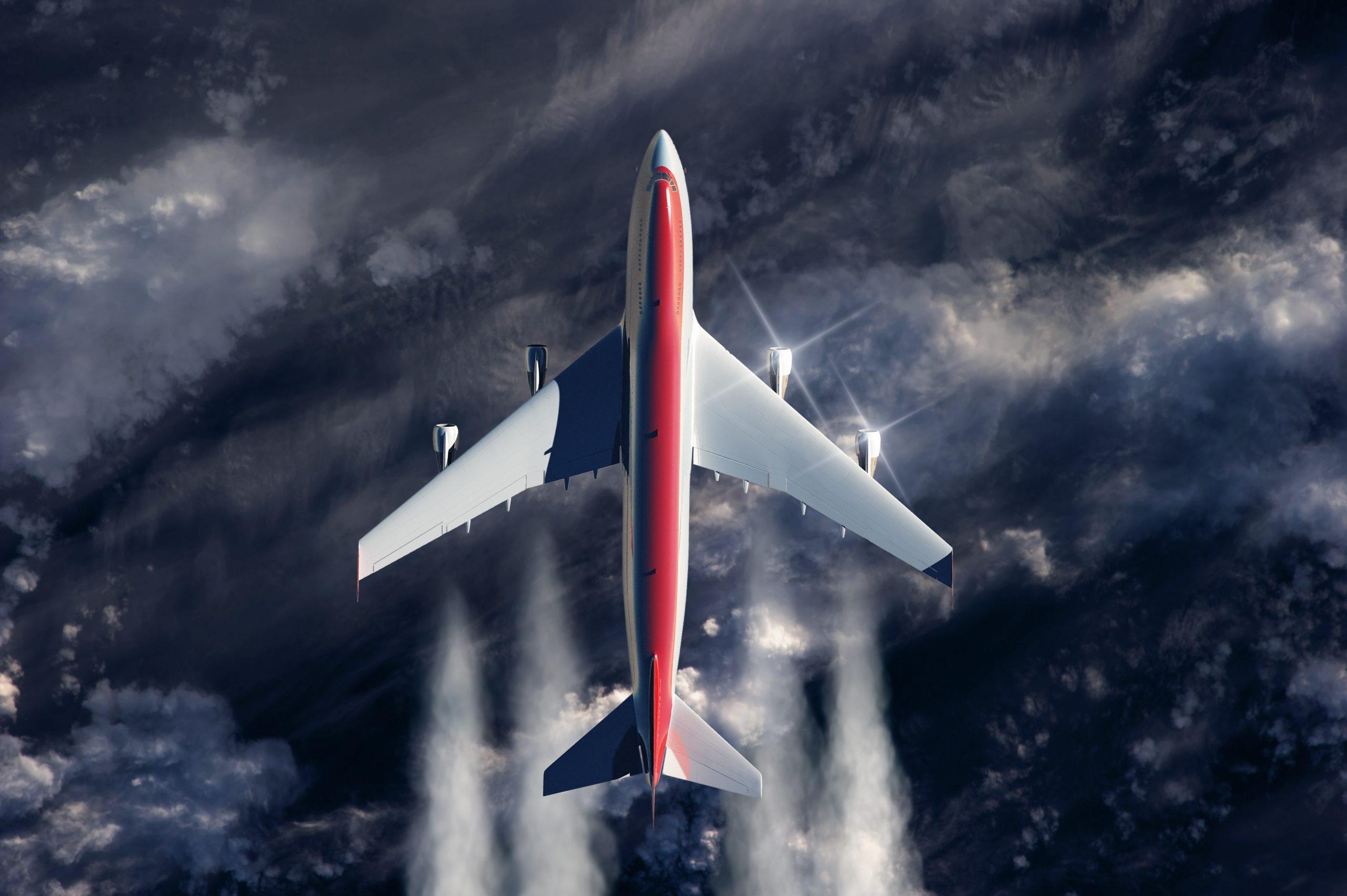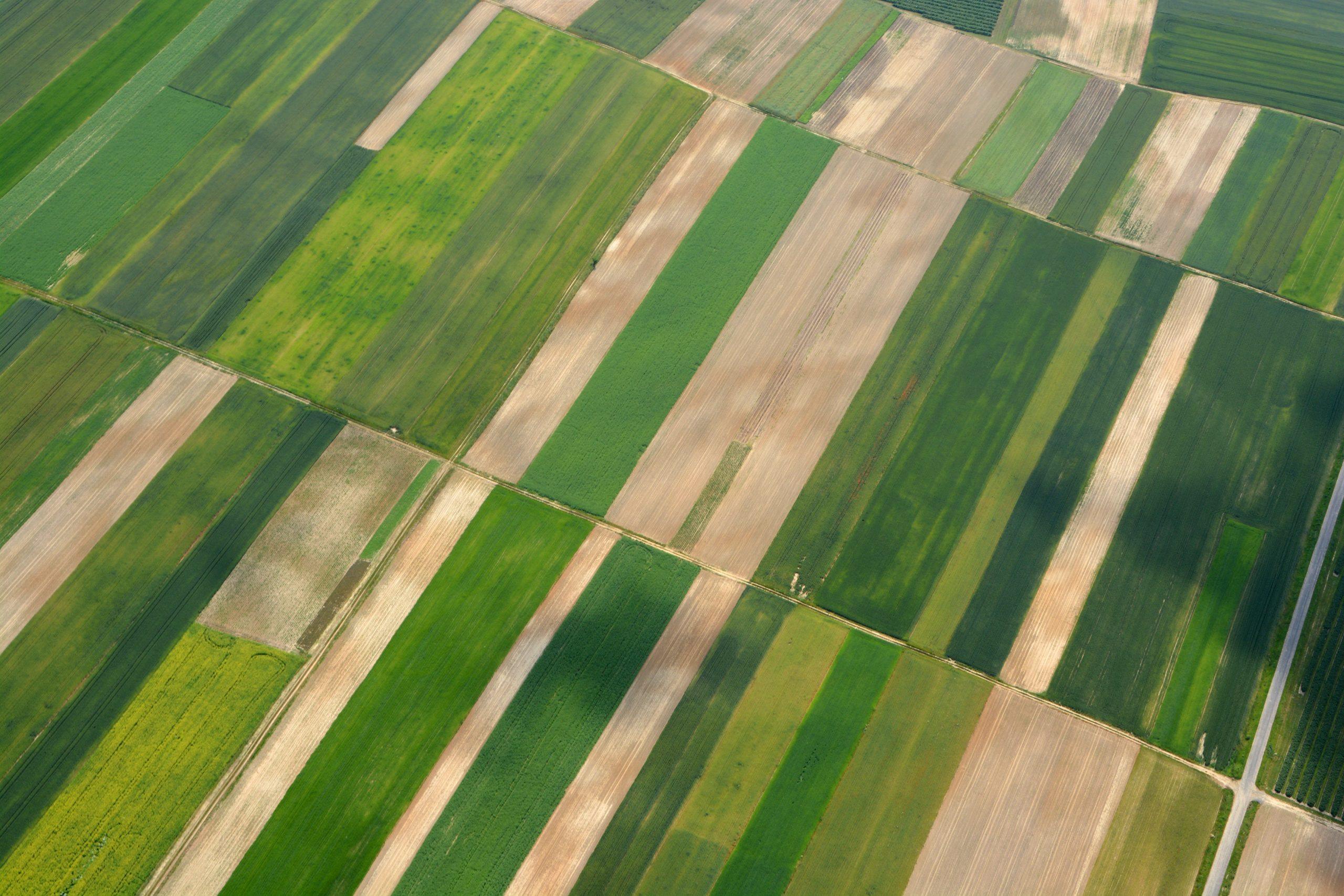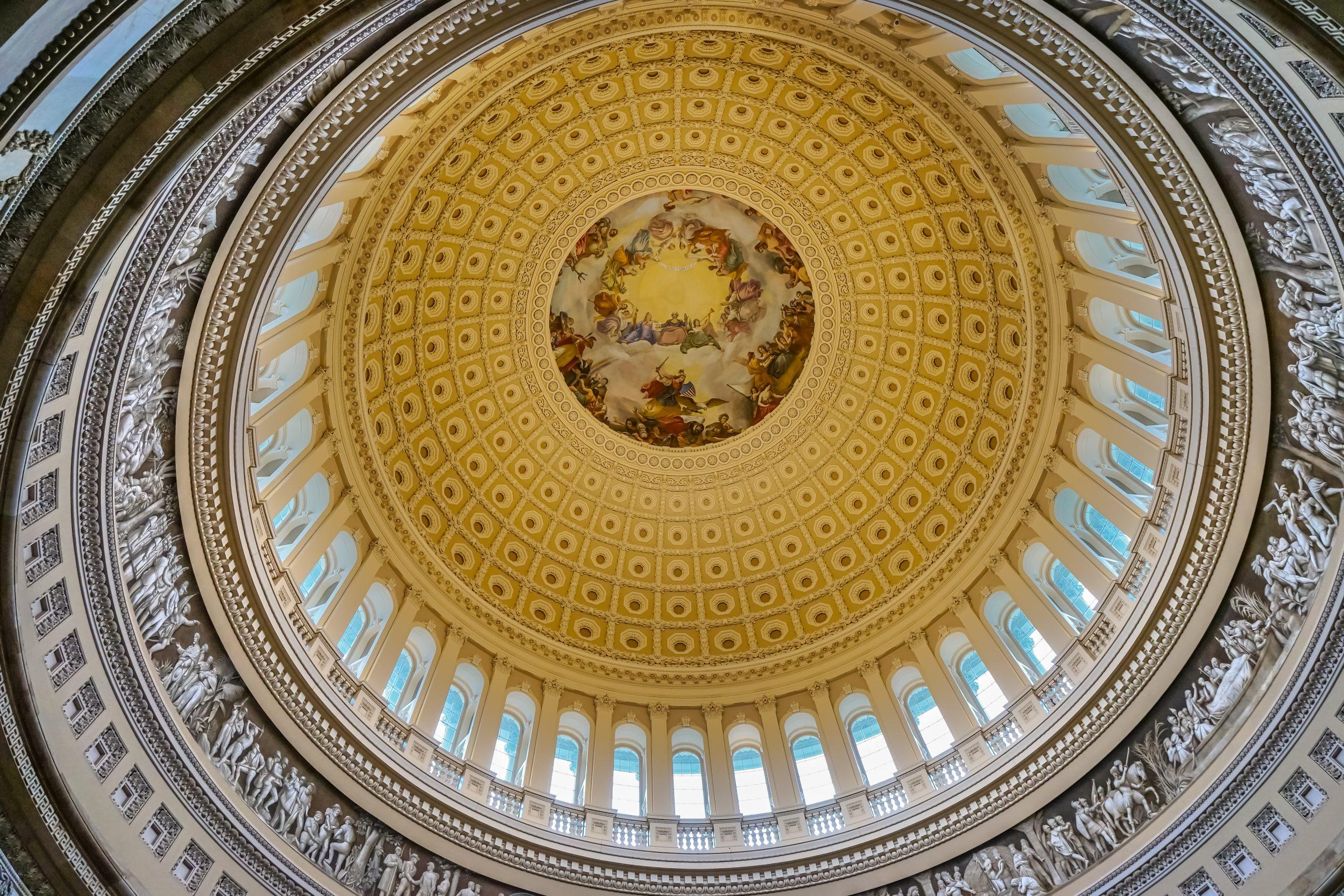U.S. Treasury and IRS Release Guidance on Section 40B Sustainable Aviation Fuel (SAF) Credits
On December 15, 2023, the U.S. Treasury Department and the Internal Revenue Service (IRS) provided initial guidance regarding sustainable aviation fuel (SAF) tax credits under Section 40B of the Internal Revenue Code, enacted by the Inflation Reduction Act of 2022 (IRA). The following information contains highlights of this notice. Producers will find guidance in relation to SAF credits, lifecycle analysis, verification requirements, and an emissions-reduction safe harbor.
Specifically:
- The Renewable Fuel Standard (RFS) methodology for calculating lifecycle emissions may be used to determine emission reductions for SAF credits and new Greenhouse Gases, Regulated Emissions, and Energy Use in Transportation (GREET) models to determine emission reductions for the credit to be released early in 2024.
- SAF synthetic blending components must be Quality Assurance Program (QAP)-validated.
- Synthetic blending components have been assigned an emission-reduction percentage of 50%-60%, depending on the D-Code it is produced under.
Full Summary
Section 13203 of Public Law 117-169, 136 Stat. 1818 (August 16, 2022), commonly referred to as the Inflation Reduction Act of 2022, added §§ 40b with amendments to §§ 38(b), 40A, 87, 4101(a), 6426, and 6427(e)(1), to establish credits for fuel mixtures containing Sustainable Aviation Fuel (SAF). The SAF credit is equal to 1) the number of gallons of SAF in a qualified mixture, multiplied by the sum of 2) $1.25 and 3) the “applicable supplementary amount.” The applicable supplementary amount is $0.01 for each percentage point the emissions reduction percentage of the SAF exceeds 50%. The maximum applicable supplementary amount is $0.50 per gallon.
READ MORE: Renewable Diesel and SAF: The Path to Net Zero
Credit may be issued for SAF with emissions reductions of at least 50% as compared to petroleum-based jet fuel. Emissions reductions, as listed in the code, are defined by the most recent Carbon Offsetting and Reduction Scheme for International Aviation (CORSIA), or similar methodology that satisfies § 211(o)(1)(H) of the Clean Air Act. Prior guidance of the rule has been released in Notice 2023-6 pertaining to credit and payment rules, as well as CORSIA-based safe harbors for emission-reduction percentage determination. The notice did not, however, provide guidance for calculating the emission-reduction percentage or the certification requirements. Notice 2024-6 sought to do so by allowing the methodology of the U.S. Renewable Fuel Standard (RFS) program to be employed for greenhouse gas (GHG) emissions calculations and providing guidance in relation to third-party validation.
Notice 2024-6 states the methodology employed by the RFS program for determining lifecycle GHG emissions is designed to satisfy § 211(o)(1)(H) of the Clean Air Act, and thus, is similar to and can be used for calculating the GHG emissions percentage reductions for the SAF credit. Existing GREET models have been determined insufficient to be used to calculate lifecycle GHG emissions for the purpose of this credit. The U.S. Department of Energy (DOE) is in the process of creating an updated GREET model which, subject to release and further guidance, is anticipated to satisfy the requirements of 40b(e)(2) and be used for the calculation of emission-reduction percentages for SAF sold and used after December 31, 2022, and before January 1, 2025. The release of the updated GREET model is expected in early 2024.
The U.S. Internal Revenue Service (IRS) will accept the emission-reduction percentage of SAF of a synthetic blending component that qualifies as a renewable fuel in the RFS program and is produced under ASTM International (ASTM) D7566. The synthetic blending component must be Quality Assurance Program (QAP)-validated. Producers of the SAF synthetic blending component must record the valid Q-RINs (Renewable Identification Numbers) on the Certificate for SAF Blending Component included in Appendix A of Notice 2024-6. This certificate supersedes the model certificate included in Appendix B of Notice 2023- 6. In addition to QAP validation, producers/importers must also show third-party certification demonstrating compliance with general requirements, supply chain traceability requirements, and information transmission requirements concerning the Life-Cycle Analysis (LCA).
READ MORE: The Importance of Carbon Intensity and Compliance to Meet Decarbonization Goals
Synthetic blending components produced under D-Codes 4 and 5 will be assigned an emissions-reduction percentage of 50%, and fuel produced under D-Codes 3 and 7 will be assigned a 60% emissions-reduction percentage. The IRS will accept emissions reduction percentages for facility-specific pathways for producers of jet fuel under D-Codes 3, 4, 5, and 7, so long as the fuel is QAP-verified. Specific LCA point estimates published by the U.S. Environmental Protection Agency (USEPA) beyond the 50%-60% safe harbor will not be accepted by the IRS.
The following crediting example was provided:
A blender used 100,000 gallons of a SAF synthetic blending component to produce a SAF-qualified mixture. The SAF synthetic blending component has generated cellulosic diesel (D-code 7) RINs under a pathway that qualifies under the RFS program, and these RINs were validated under a QAP. The final rule that added the pathway to the list of approved renewable fuel production pathways in the RFS regulations states that the jet fuel’s emissions reduction percentage compared to the baseline is 64%. However, for purposes of calculating the applicable supplementary amount, the emissions reduction percentage will be deemed to be 60% under the safe harbor described in section 3.01(2) of this notice, which corresponds to the emissions reduction threshold the fuel was required to meet to qualify as cellulosic diesel and thus generate D-code 7 RINs. The per-gallon amount of the SAF credit with respect to the SAF-qualified mixture described above is calculated by adding $1.25 and the applicable supplementary amount, if any, with respect to the SAF synthetic blending component used to produce the SAF-qualified mixture. Here, the SAF synthetic blending component qualifies for the applicable supplementary amount, because the emissions reduction percentage is deemed to be 60%. The applicable supplementary amount is calculated by subtracting 50 from the emissions reduction percentage (60), and then multiplying by the applicable rate ($0.01): (60 – 50) × $0.01 = $0.10 per gallon. The total amount of the SAF credit is calculated as follows: 100,000 gallons × ($1.25 + $0.10) = $135,000.00.
For more information, please contact clientservices@ecoengineers.us.




